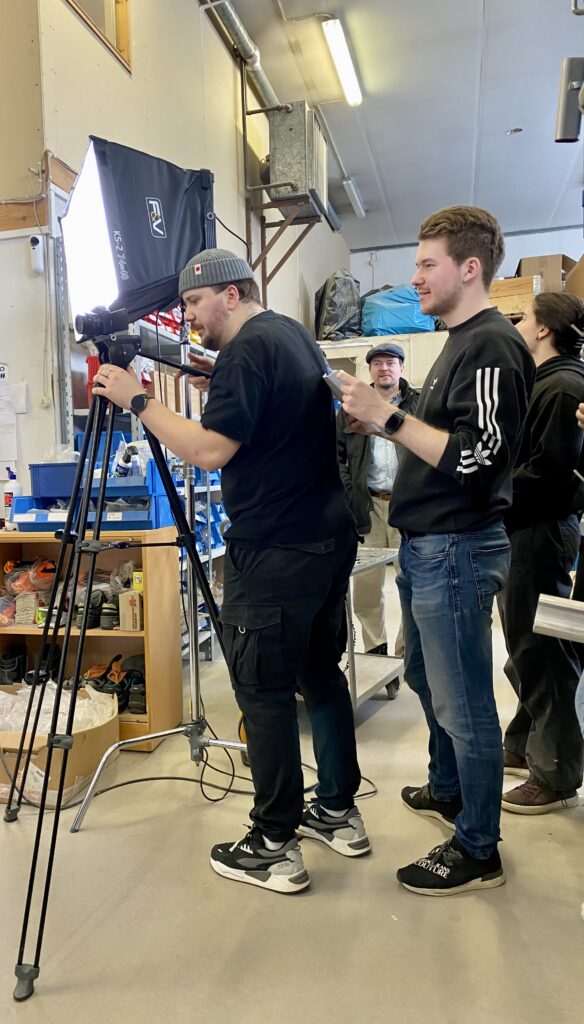We BBA students, guided by Aapo Hollanti, are in an international project designing a company video for Karotek Oy’s website together with students from Mount St Joseph University in the United States. The project has turned out to be a laborious but worth learning. Our project team consists of seven students and two of them are exchange students from Spain. The project manager of the team is BBA student Jaakko Pyykkö.

How to succeed in international cooperation?
In terms of the functionality of the project, cooperation requires both parties to have knowledge of each other’s culture and an understanding of the activities and working methods. The success of the project requires a systematic approach that emphasizes the achievement of a common goal. The most important thing in terms of cooperation is a clear division of labor. When each project member has a clear role, the importance of communication and communication is emphasized. Communication increases the sense of community and promotes an open atmosphere that develops trust. Utilizing skills and resources are an effective way to achieve results even in a short period of time. Working on a project is time-consuming and therefore it is important to hear the members’ perspectives throughout the project. Knowledge of working platforms proved to be an important skill in international cooperation.
International cooperation requires patience and scheduling from all participants. In the project, you also have to learn to tolerate a certain kind of incompleteness, in which you have to learn to accept differences and tolerance. But what if the opposing party doesn’t show the same motivation or initiative to move the project forward.
Then the project has some options, let the project proceed under its own weight or must be able to solve the source of the problem and the resources for action. There are different methods of risk management, for example, “problem tree analysis”. In the method, the problem is recorded in the tree trunk, the causes in the roots and the consequences on the foliage. The solution can be found by turning the problem tree into a solution tree. In this tree, problems are goals, that is, once the problems have been solved, what are their effects and outputs. The reasons in the root system describe the measures and resources to bring about change, and the consequences of foliage are transformed into impact goals, i.e., how the change is reflected in the project.
Once the problem has been identified, resources need to be reassessed, both to do the latest planning and to organize things into even smaller parts. They are important to make it clear to both sides. These working life skills cannot be emphasized enough. The success of cooperation can be influenced by many factors, and these situations will surely arise for everyone at some point in life. Practical work can be successful and bring the desired results or experience that is significant and valuable for one’s own learning.
Sources:
Ilomaki_Lakkala_eTwinning_raportti_2012.pdf (helsinki.fi)
Kansainväliset opinnot onnistuvat nykyään jopa kotisohvalta käsin (oamk.fi)
Microsoft PowerPoint – 2.6. vaikuttavuustyökalu .pptx (oph.fi)
Suurin osa Showcasen blogeista on toteutettu osana Laurean opintojaksoja. Koko koulutustarjontaamme voi tutustua nettisivuillamme. Tarjoamme kymmenien tutkintoon johtavien koulutuksien lisäksi myös paljon täydennys- ja erikoistumiskoulutuksia sekä yksittäisiä opintojaksoja avoimen AMK:n kautta!